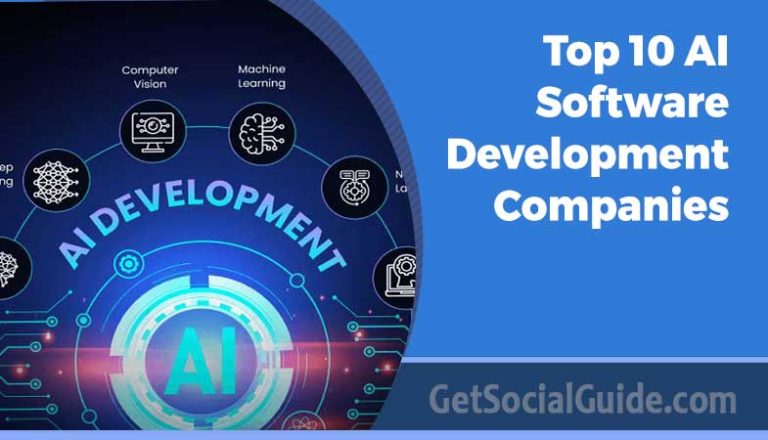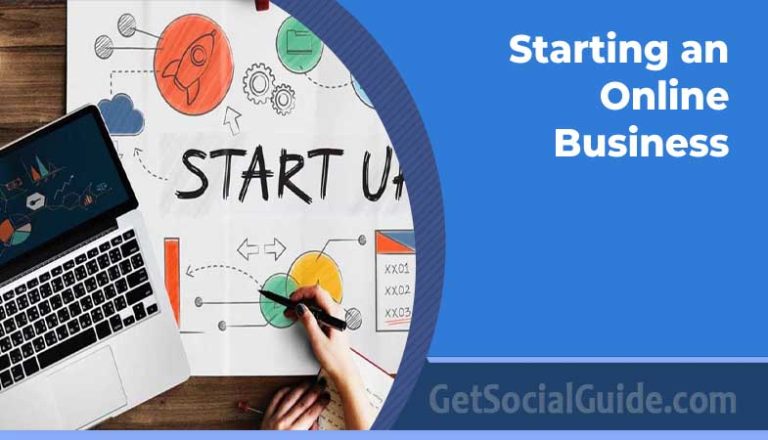Laying the Foundation: Customer-Centric Planning for SaaS Success
Planning a successful Software as a Service (SaaS) business requires a strategic approach that prioritizes customer needs, leverages lean startup methodology, and focuses on key metrics for success. At its core, this approach is centered around understanding your target audience’s pain points, needs, and behaviors. To achieve this, it’s essential to conduct thorough market research and validation. This involves identifying your ideal customers based on demographics, job functions, or company size, analyzing industry trends and competitors, and gathering feedback from potential customers through surveys, interviews, or focus groups.
Market research is a critical step in SaaS planning, as it enables you to validate your solution and ensure that it meets customer requirements. By understanding the needs of your target audience, you can create a product or service that addresses their pain points and provides value. This, in turn, sets the stage for long-term growth and profitability. Moreover, market research helps you identify potential competitors and understand their strengths and weaknesses, allowing you to differentiate your SaaS solution and establish a unique selling proposition (USP).

Building Your MVP: From Idea to Minimum Viable Product
Once you have a solid understanding of your target market and validated your solution, it’s time to develop a Minimum Viable Product (MVP). An MVP is the minimum product or service that meets the needs of your early adopters. It allows you to test and refine your solution with minimal investment, leveraging agile development methodologies and iterative feedback loops. To build an effective MVP, focus on prioritizing features based on customer needs, using agile development practices to quickly respond to changing market conditions, and launching a beta version to gather feedback from a small group of customers.
Developing an MVP is a critical step in SaaS planning, as it enables you to test and refine your solution with minimal risk. By launching a beta version and gathering feedback from early adopters, you can identify areas for improvement and make data-driven decisions about product development. Moreover, building an MVP allows you to establish a customer-centric approach, prioritizing the needs of your target audience and ensuring that your SaaS solution addresses their pain points.
Acquiring Customers & Scaling Your SaaS Business
After developing and refining your MVP, it’s time to focus on acquiring customers and scaling your SaaS business. This involves creating a customer acquisition strategy that leverages marketing and sales efforts to reach your target audience. To achieve this, consider implementing various tactics such as content marketing, social media advertising, and email marketing campaigns. Additionally, establish a sales team that can effectively engage with potential customers and provide personalized support.
Scaling your SaaS business requires careful consideration of customer acquisition costs (CAC), lifetime value (LTV), and the overall revenue growth model. By understanding these key metrics, you can make informed decisions about resource allocation, investment in marketing and sales efforts, and product development. Moreover, scaling your SaaS business enables you to establish a strong brand presence, expand your market reach, and drive long-term profitability.
Team Culture & Hiring for Growth: Assembling Your A-Team
As you scale your SaaS business, it’s essential to establish a strong team culture that fosters innovation, collaboration, and customer-centricity. This involves hiring talented individuals who share your vision and values, promoting a culture of continuous learning, and encouraging open communication across the organization. To achieve this, consider implementing various strategies such as employee onboarding programs, regular feedback sessions, and recognition and reward systems.
Hiring the right talent is critical to scaling your SaaS business, as it enables you to expand your market reach, drive revenue growth, and establish a strong brand presence. By assembling an A-team that shares your vision and values, you can create a culture of innovation, collaboration, and customer-centricity that drives long-term success.
Data-Driven Decisions: Metrics That Matter for SaaS Success
Finally, it’s essential to make data-driven decisions about your SaaS business, leveraging key metrics such as revenue growth, customer acquisition costs (CAC), lifetime value (LTV), and retention rates. By understanding these key performance indicators (KPIs), you can identify areas for improvement, make informed decisions about resource allocation, and drive long-term profitability.
In conclusion, planning a successful SaaS business requires careful consideration of various factors, from market research and validation to product development, customer acquisition strategy, team culture, and metrics-driven decision-making. By following these foundational steps, you can establish a strong foundation for long-term growth and profitability, leveraging lean startup methodology and customer-centric approaches to drive success.
SaaS Development Cost Estimation
When planning your SaaS business, it’s essential to consider the costs involved in developing and maintaining your solution. SaaS development cost estimation is not an easy task. To estimate the development cost of your SaaS solution, consider factors such as development team size, time-to-market requirements, technology stack, and infrastructure costs. By understanding these key factors, you can make informed decisions about resource allocation, investment in marketing and sales efforts, and product development.
Estimating the development cost of your SaaS solution is critical to planning a successful business, as it enables you to allocate resources effectively, manage risk, and drive long-term profitability. By understanding the costs involved in developing and maintaining your solution, you can make informed decisions about resource allocation, investment in marketing and sales efforts, and product development.
How to Plan SaaS
You will need to consider how to plan SaaS – so it is understandable from multiple perspectives. Planning a successful SaaS business requires careful consideration of various factors, from market research and validation to product development, customer acquisition strategy, team culture, and metrics-driven decision-making. By following these foundational steps, you can establish a strong foundation for long-term growth and profitability, leveraging lean startup methodology and customer-centric approaches to drive success.
Remember that planning a successful SaaS business is an iterative process that requires continuous learning, adaptation, and innovation. By staying focused on your vision and values, prioritizing customer needs, and making data-driven decisions, you can establish a strong foundation for long-term growth and profitability.



